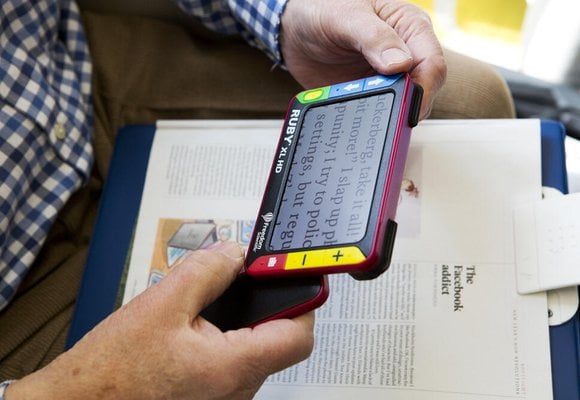There are a number of general adaptations you can make throughout your home to improve your independence, including:
- Increasing the amount of natural light entering your home. This might be as simple as installing new blinds or curtains or could require a bigger improvement such as installing new windows or light wells.
- Improving the control and level of artificial lighting.
- Fixing any hazards such as loose carpeting or broken handrails on a staircase.
- Putting up continuous handrails on either side of the staircase to hold on to.
- Changing the colour scheme in your home so that you can see things more easily and tell the difference between rooms.
- Putting raised markings on appliance controls.
- Having non-slip flooring in the bathroom and kitchen.
- Increasing the amount of heat insulation so that you can keep warm without paying higher bills.
- Finding out about aids and gadgets which might help you to live more safely and independently.
We have more information on specific adaptations you can make for certain activities on our practical adaptations page.








